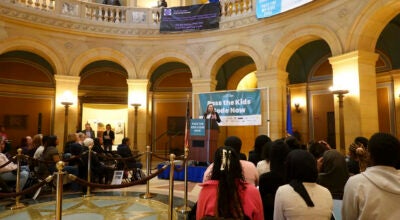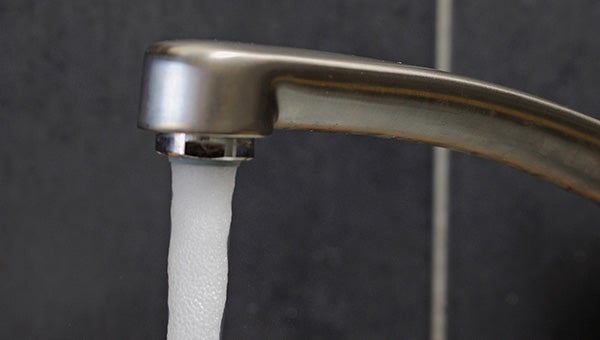Myrtle awarded grant to create sewage system
Published 9:00 am Sunday, February 1, 2015
A town in Freeborn County is the recipient of a grant to create a sewage system.
On Wednesday, the Minnesota Board of Water and Soil Resources announced this fiscal year’s Clean Water Fund grant awards, one of which was given to Myrtle.
More than $14 million in grants were awarded to help local governments accelerate their work improving water quality in Minnesota’s streams, rivers, lakes and groundwater.
In 2008, Minnesotans passed the Clean Water, Land and Legacy Amendment, dedicating funds to, among other things, natural resource protection and improvements. Since then, much work has been done to protect and restore our state’s vital natural resources, according to a press release.
BWSR’s executive director, John Jaschke, said these projects are helping the state make progress toward its water quality goals.
“Using the on-the-ground knowledge and experience of our local government partners we are able to fund projects that are targeted towards the most critical areas,” Jaschke said. “These local projects will help keep Minnesota’s waters fishable, drinkable and swimmable.”
The Clean Water Legacy funds are used to protect unimpaired waters and target polluted and at-risk waters throughout the state, according to a press release. Some funded projects will create catchment areas to slow down water, allowing pollutants to filter out before reaching a lake or stream. Others will filter water entering drainage systems, protect drinking water wells, and reduce soil erosion.
BWSR awarded 90 grants totaling $14.1 million dollars this cycle, but there was far more interest in the program than available funds. Almost 200 applications were received, totaling $37.1 million in requests.
Some examples of the other funded projects include:
• In northwest Minnesota, the Becker Soil and Water Conservation District (SWCD) will install multiple water and sediment control basins, reducing nutrient and sediment runoff from entering 12 impaired lakes along the Buffalo River and helping the district make substantive progress toward its sediment reduction goals for the watershed.
• In the center of the state, Benton SWCD will address problems in northeast St. Cloud, where there is little to no stormwater treatment within the existing drainage system before it enters the Mississippi River. Once completed, it’s estimated that as much as 15% of the sediment draining to the system will be reduced.
• In the Twin Cities Metro, the Ramsey Conservation District will stabilize a portion of Lambert Creek’s eroding bank, resulting in a decrease of pollutants and sediment entering the creek. Lambert Creek discharges into East Vadnais Lake, the final reservoir containing the drinking water supply for St. Paul and 12 other municipalities.
For detailed project information and maps visit www.bwsr.state.mn.us.





